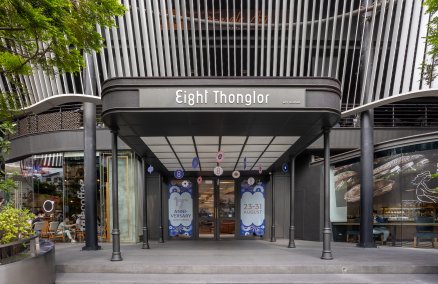How did you fall for carpentry?
I took art and design courses when I was in high school in Australia. While studying graphic design at Chelsea College of Art, London, I did my final project using graphic video, but I was already doing stuff at the college’s woodworking workshop, which really inspired me. I loved featuring organic stuff and wood in my videos. It’s fun when you make everything with your own hands. I love the textures, surfaces, and smell of different woods. It’s amazing how nature can create all these beautiful, unique things. What I’m doing right now, I don’t think of it as my work. It’s my full-time hobby, so it’s never boring for me.
What do you think of people who call you a “hi-so carpenter”?
I spent almost two years going around practicing my carpentry skills before opening my own shop with the help of my friends who love craftwork too. I try to do everything on my own, like sourcing wood, going to the factory, and even delivering the finished products. Actually, I’m not a professional carpenter so sometimes I need other help, but I try to make most things myself, too, because I love the work. I keep practicing on small things like chopping blocks, skateboards, and certain kinds of furniture. For some big products, I will do the design and then send it to two woodworking workshops, one in On Nut, the other in Bangpae, Ratchaburi, to continue production. Ratchaburi is where I source my materials, too. There are lots of wood shops, there.
How does your furniture differ from other brands?
Mine are made from Thai hardwoods like redwood, ormosia, rosewood and cananga, and we never use teak. I like the dark color of hardwood; I think they’re more interesting than yellow-brown teak. Every piece is unique because they’re made-to-order and most of my pieces are rustic-industrial in design. I like vintage and antique stuff, so it’s nice to mix and match using old wood and old-looking materials.
Tell us about your project at the Hotel Art Fair.
It’s a collaboration with Teaspoon Studio. We’re going to make some art pieces that are more conceptual and less functional, under the project title of “A Forest.” It will be a mixture of our wood pieces and Teaspoon’s paper crafts. We just shot a documentary in the forest, taking all our equipment and work to show people every step of our process. It will be shown at the fair.
What’s next for you?
I’m going to run workshops for those interested in woodcraft to come and make their own products. And I think we’ll split our production along two lines: one for made-to-order, another for retail.















